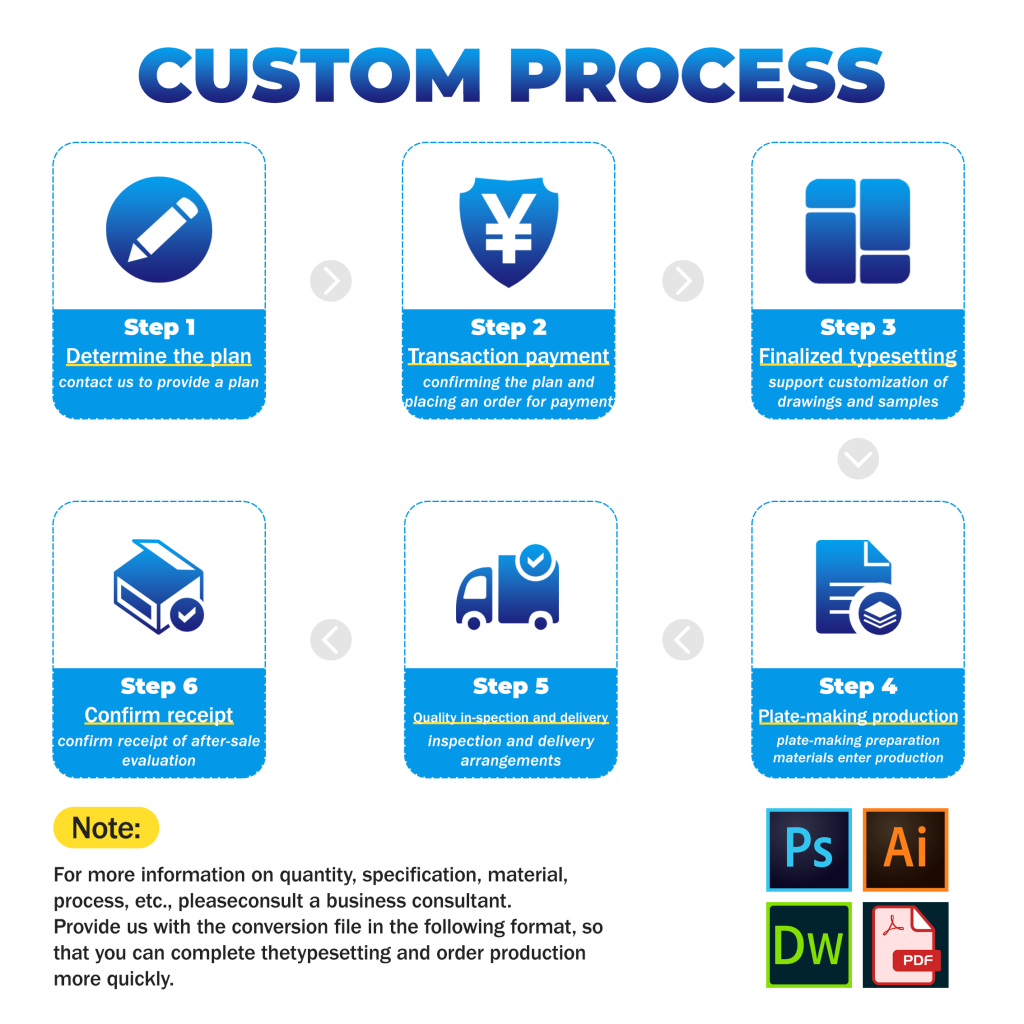Custom Flexible Packaging,
Made Simple
"Customized service" is our corecompetency, So whateverbagmaterial,
bag type, size and design can accept to customize.

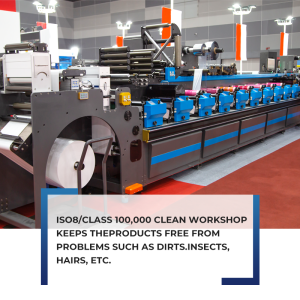
About Company
Leading Flexible Packaging Manufacturer
At Colorful Packaging, we specialize in delivering customer-focused flexible packaging solutions that combine quality, innovation, and sustainability. As a trusted manufacturer, we offer a comprehensive range of products including stand-up pouches, flat bottom bags, three-side seal bags, back-sealing & gusset bags, spout pouches, coffee bags, eco-friendly and recyclable bags, holographic foil bags, kraft paper bags, and rollstock films. Each solution is designed to protect product freshness, enhance shelf appeal, and strengthen brand identity. With our advanced printing technology, reliable supply chain, and strong customization capabilities, we proudly serve the food, beverage, pet food, personal care, and household industries worldwide.
- One-Stop Custom Packaging Service
- Compliance and High Standards
- Fast Turnaround & Strict Quality Control
- Advanced Manufacturing Facilities
15+
INDUSTRY EXPERIENCE
200 M
ANNUAL OUTPUT
30 P
SMART MACHINES
10000 ㎡
FACTORY AREA
CUSTOM MADE EASY
As an experienced fexible packaging manufacturers in China, ColorfulPackaging ofers one-stop custom solutions for brand owners, manufacturers, suppliers andvholesalers. We walk the jourey wih you to ensure that we help you belter define what you want and realize your brand’s perfect packaging solutions. Overseasoroduction empowers you to maximize your marins and compete like never before. You just need to keep your focus on your product and leave packaging customizatiorInd manufacturing to our packaging experts, you wil find us a trusted supplier and partner. Start your proiect today

FREE DESIGN
Unlimited Revision

FAIR PRICE
Save 30%+

FAST SHIPPING
All over the world

GUARANTEE
100% money back
Our Product
Packaging That Fits Your Brand
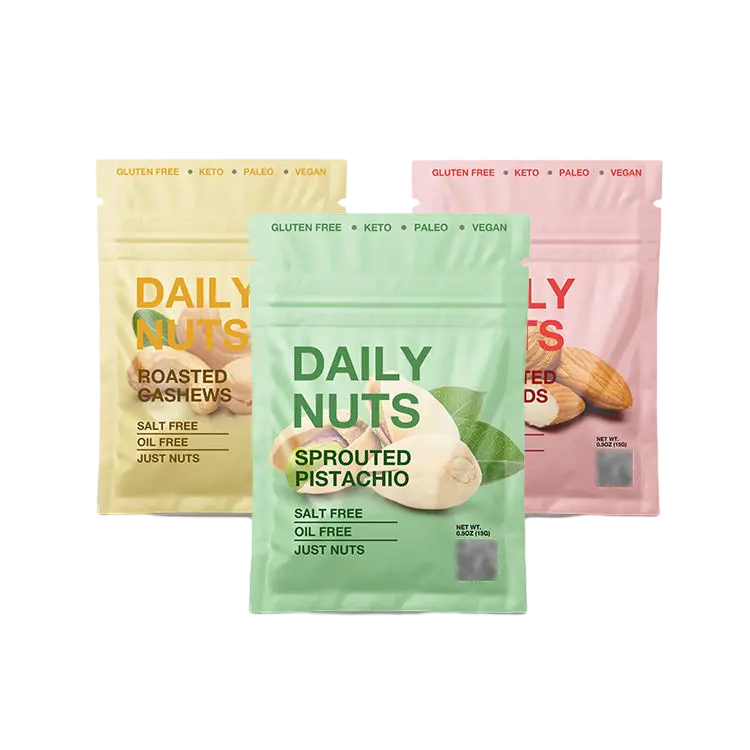
Mylar Bags
Our Mylar bags are designed for durabilityand freshness, available in various sizes andfinishes. Choose options like resealableclosures and custom printing to meet needs.
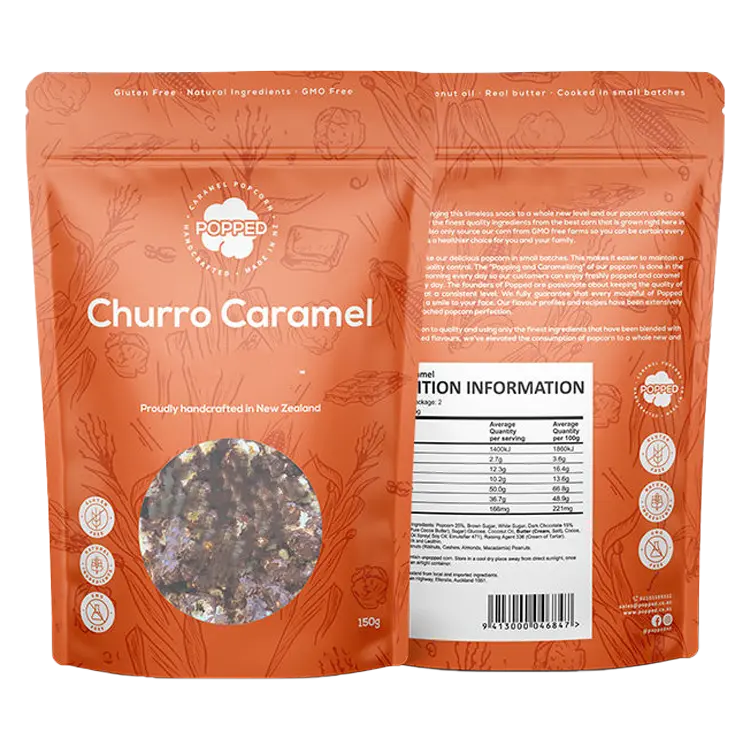
Stand Up Pouch
Our stand-up pouches come in multipleformats, featuring a range of gusset options,films, functionalities, and finishes to meetdiverse packaging needs.

Flat Pouches
Our three-side seal lay-flat and pillowpouches come in an array of films,constructions, and finishes, offering versatilityfor your packaging needs.
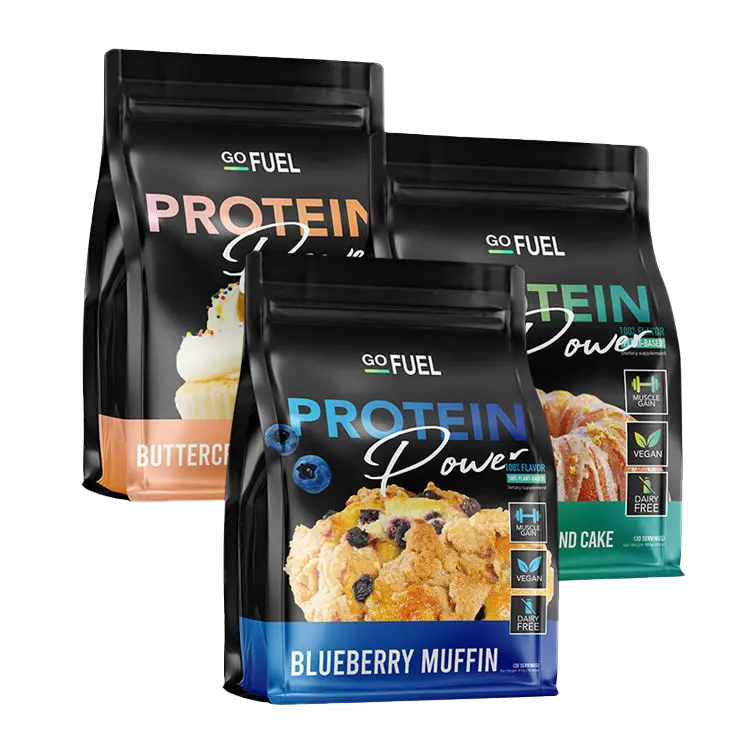
Flat Bottom Pouches
Our flat bottom pouches provide stability andstyle, designed for easy stacking and displayIdeal for a variety of products, these pouchesenhance shelf appeal while ensuring contentfreshness.
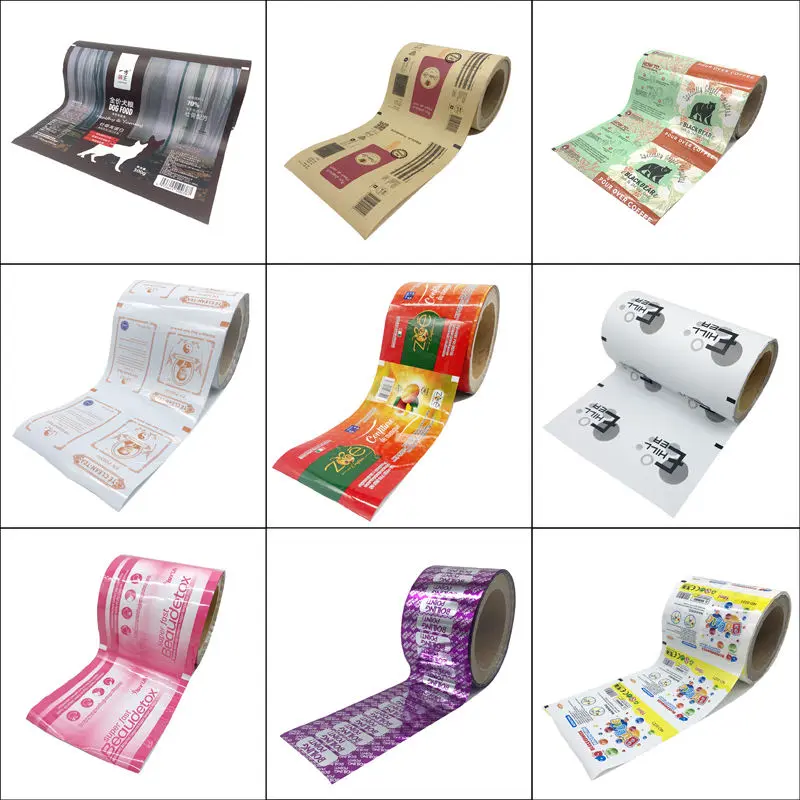
Rollstock
Our rollstock packaging delivers high-barrierprotection with a custom design twist, perfectfor a wide array of products. Quick to produceand easy on the eye, it’s the smart choice forstandout shelf presence.
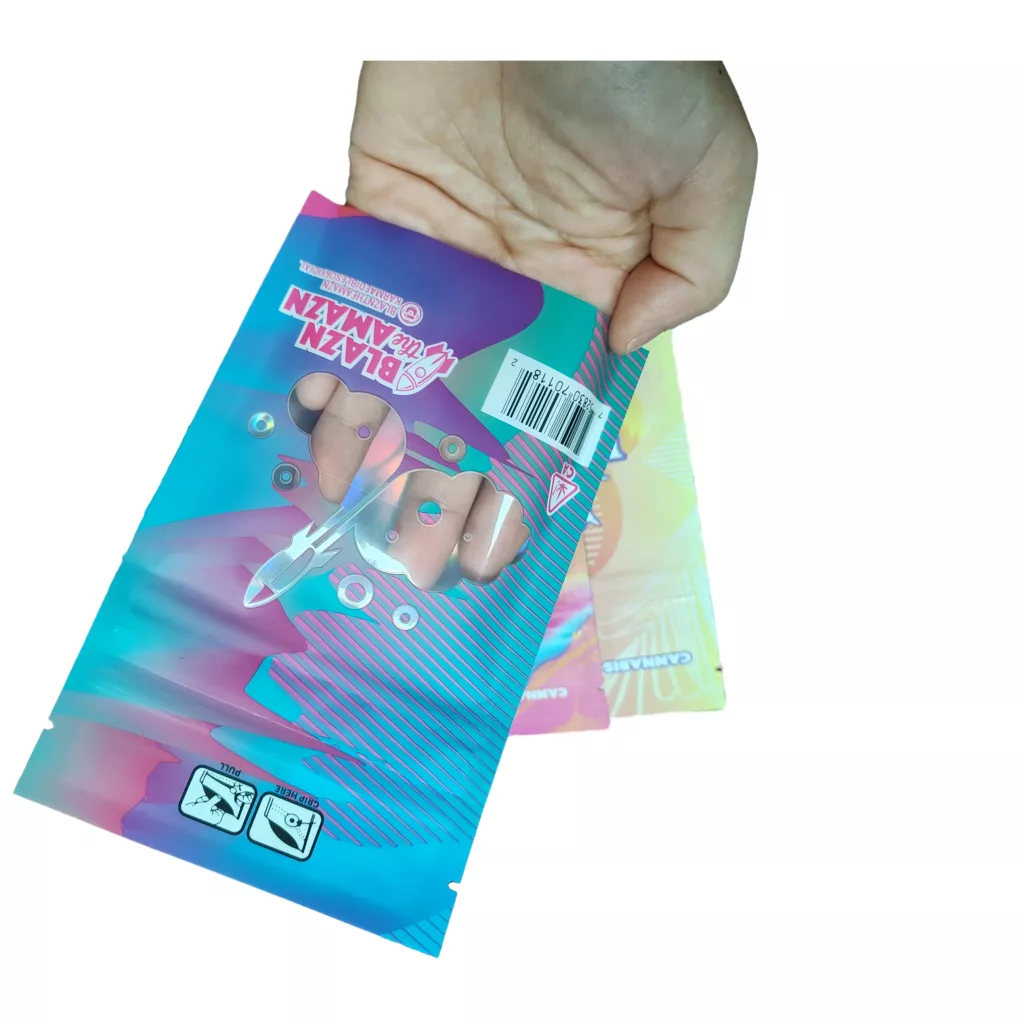
Child Proof Bags
Our certified child-resistant stand-up andlay-flat pouches come in both single-use andresealable varieties, offering versatile optionsto suit different packaging needs whileensuring safety.
Markets
Serving All Markets
Wth over one decades of industy experience, ColoruPackging is dedicated to ofering custom lexible packaging and custom pinting service. For vanous industies andmarkets including cofee & tea, cosmetic &: beauty, beverage & wine, processed fods, dried food & nuts,fozen foods, sauces & condiments,pet food &treats, weeds &herbs, pharmaceuical & medical. No mater what your product is, we can provide the most durable packaging bags and flms acording to your product characteristics.
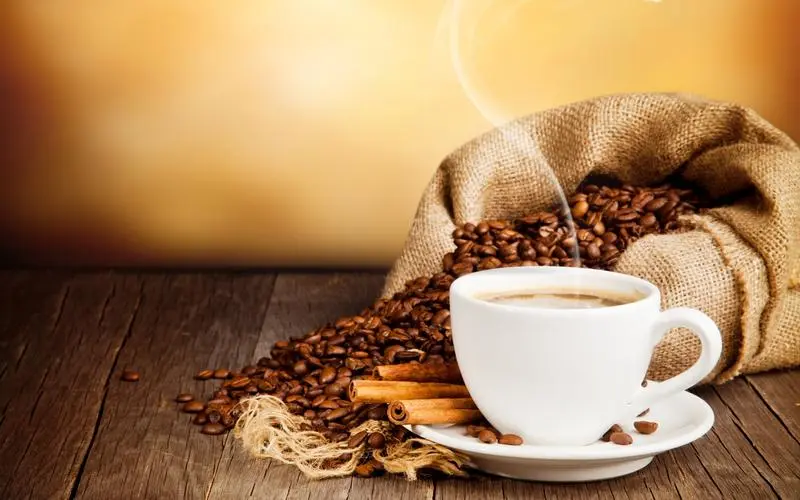
Coffee

Pet Food
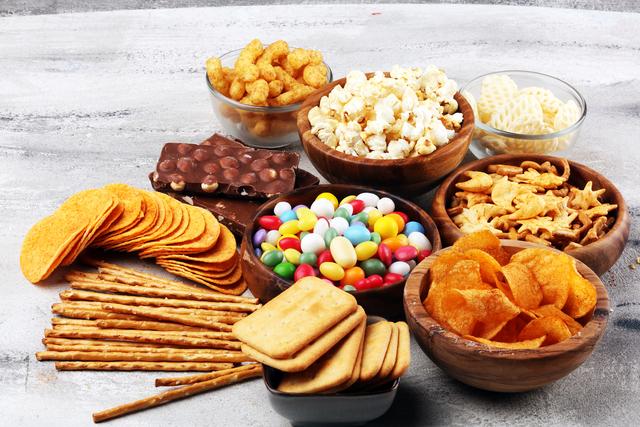
Snacks
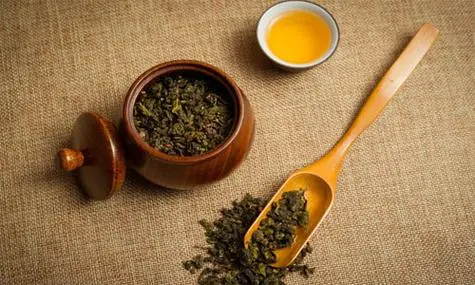
Tea
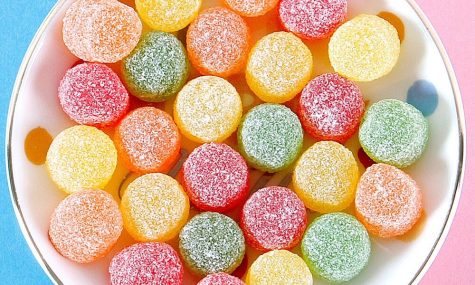
Gummies
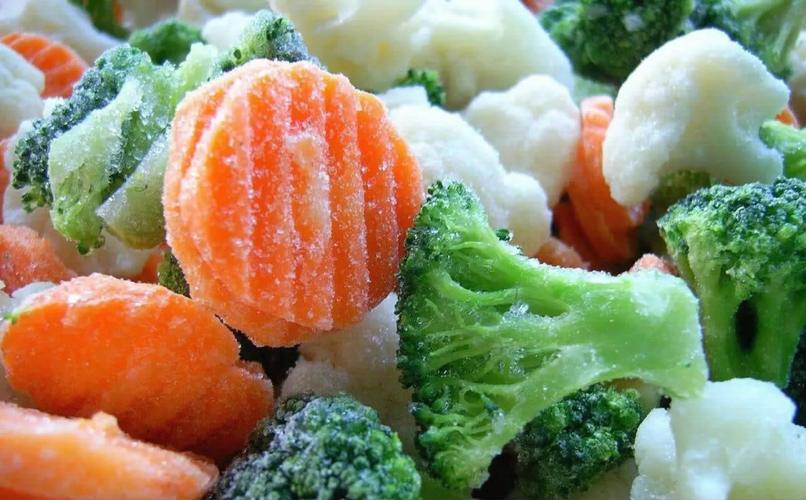
Frozen Foods
Why Choose Us
Six reasons to choose us
High-Quality Packaging
Premium materials & advanced printing ensure durability and visual appeal.
Eco-Friendly Solutions
Sustainable packaging options that reduce environmental impact.
Full Customization
Tailor-made designs, sizes, and finishes to fit your brand perfectly.
Factory Direct Pricing
Competitive wholesale prices without middlemen.
Fast Turnaround
Efficient production & global shipping for on-time delivery.
Experienced Team
Over 15+ years in packaging industry with professional design & support.
